When you first begin researching temperature blankets you can get left with lots of questions. This is understandable because it can be a very intimidating and confusing project. To help you out, I’ve put together answers to 5 common temperature blanket questions.
(Note: if you’re still not completely sure what temperature blankets are, see this post first.)
1. Will my blanket be really big?
This is probably one of the most common temperature blanket questions. The answer is, it depends. Most projects that I’ve seen being made have been rather large blankets. It’s a matter of personal preference. If you don’t want such a large project, don’t be scared off. There are ways to restrict the size like choosing a certain stitch, pattern, or yarn. You can also pick a project that isn’t a blanket, like a stuffed animal or a scarf.
2. How much yarn should I get?
At the minimum, you should get one skein of each color. This would get you started for the year and would make sure you don’t overbuy your yarn. This is best done with yarn that is either so unique that you can’t possibly get more of it or with yarn that has consistent dye lots and color availability.
Yarn and individual colors do get discontinued, even in popular lines like Red Heart Super Saver. To be prepared for that you want to try to have enough for the entire year. For a nine color blanket, I would get around 500 to 600 yards of each color of yarn. This should be more than enough for the entire year, even with a bigger blanket. The more colors you have, the less yarn you need of each. Vice versa for less colors.
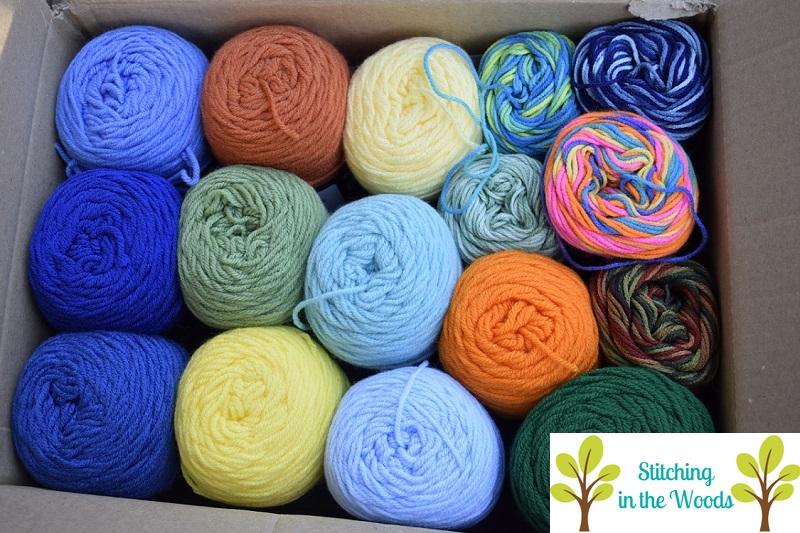
3. How do I pick colors for my blanket?
Picking colors for a temperature blanket is much like picking colors for any other blanket. If you’re giving the blanket away, you could use the favorite colors of the recipient. If you’re keeping it, you can pick colors to match your décor. You could also pick different shades of your favorite color or colors. If you’re really a weather nerd, you could use temperature scale colors like the ones meteorologists use.
While picking colors, don’t worry about having perfect scale color transitions from low to high or high to low. It’s very rare, if not impossible, to have a location that provides temperatures that transition exactly from one color bracket to another in order. If you want perfectly transitioning row colors, you’ll have to pick a different kind of project.
4. Where do I get my temperatures?
There are lots of different places to get your temperatures. If you’re a bit of a weather nerd like me and have your own weather station, you can get temperatures from there. You can also get them from your favorite weather app on your phone or your preferred weather website. Some popular websites (that also have corresponding apps) are Accuweather and WeatherBug. If you’re looking for past temperatures you can contact your country’s weather bureau (e. g., NOAA) or try to look for them at any of the previously mentioned websites.
5. What pattern should I use?
I’m a little partial to people using patterns specifically labeled as temperature projects for obvious reasons. (Here’s one of those reasons, a pattern I wrote.) But you really can use any pattern that works for you even if it isn’t meant for a temperature project. The pattern that works for you will be the one that produces the blanket in the design and size you want.
Temperature Blanket Bonus Question: Do I have to use temperatures?
You most certainly do not.
Other ideas I’ve seen for blankets:
Sky blanket (what the sky looks like each day)
Weather blanket (what the weather is like each day)
Book genre blanket (what kind of book you finish reading)
Weight loss blanket (how much weight you lost each day or week)
Mood blanket (what your mood is each day)
So there you have it! 5 common temperature blanket questions, plus a bonus, answered.
If you’re ready to plan your temperature blanket, my 4 Day Email Course walks you through planning it one day at a time!
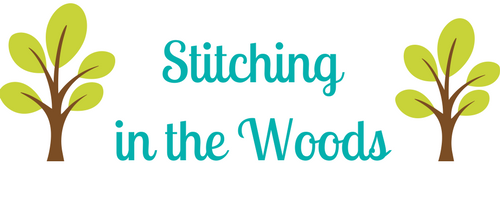
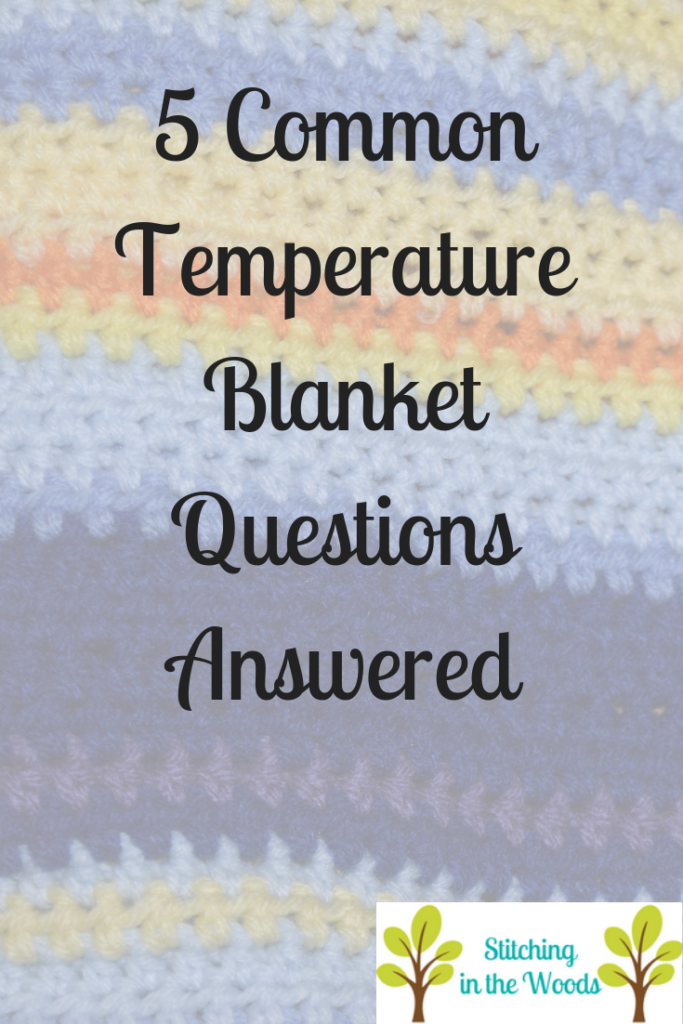




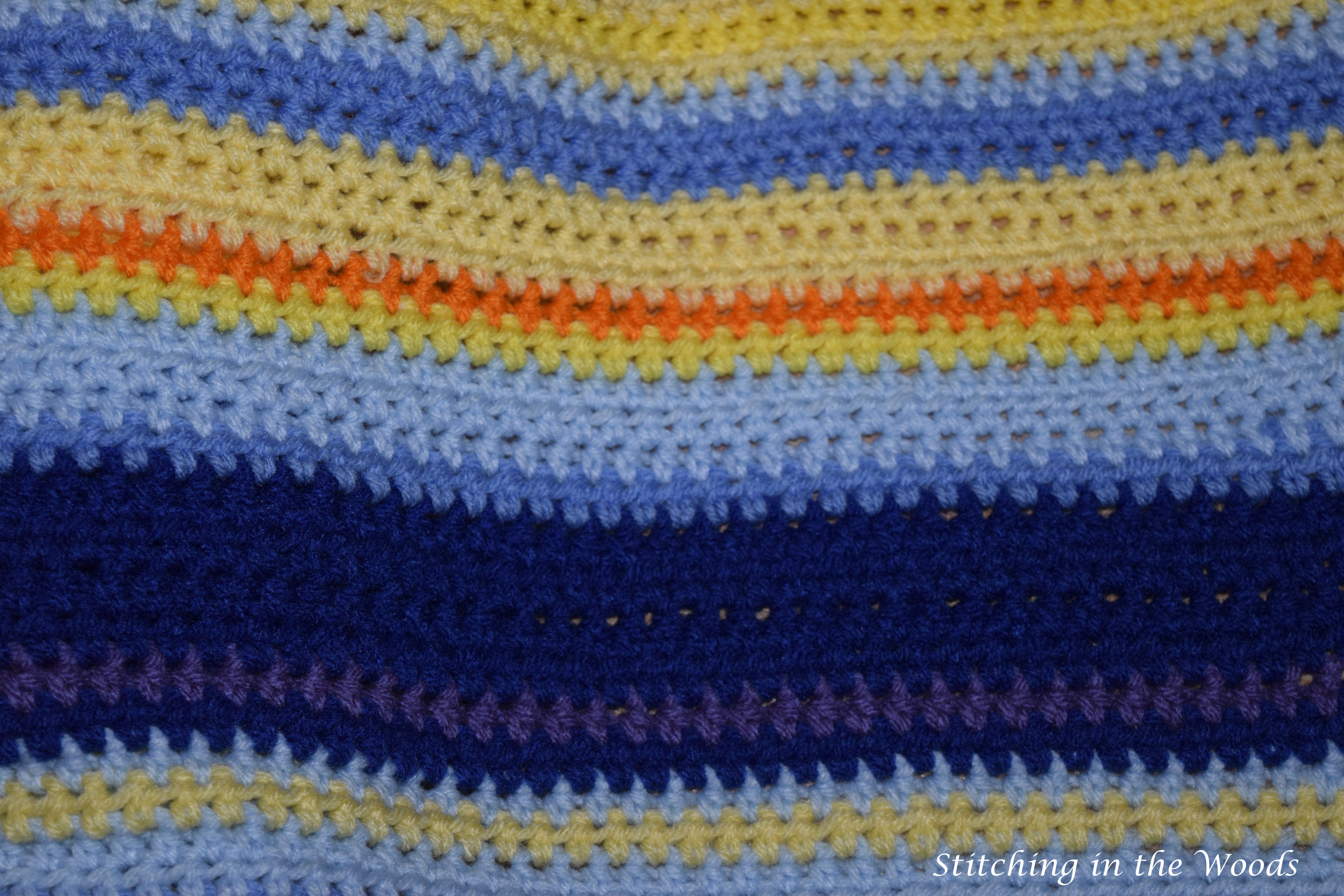
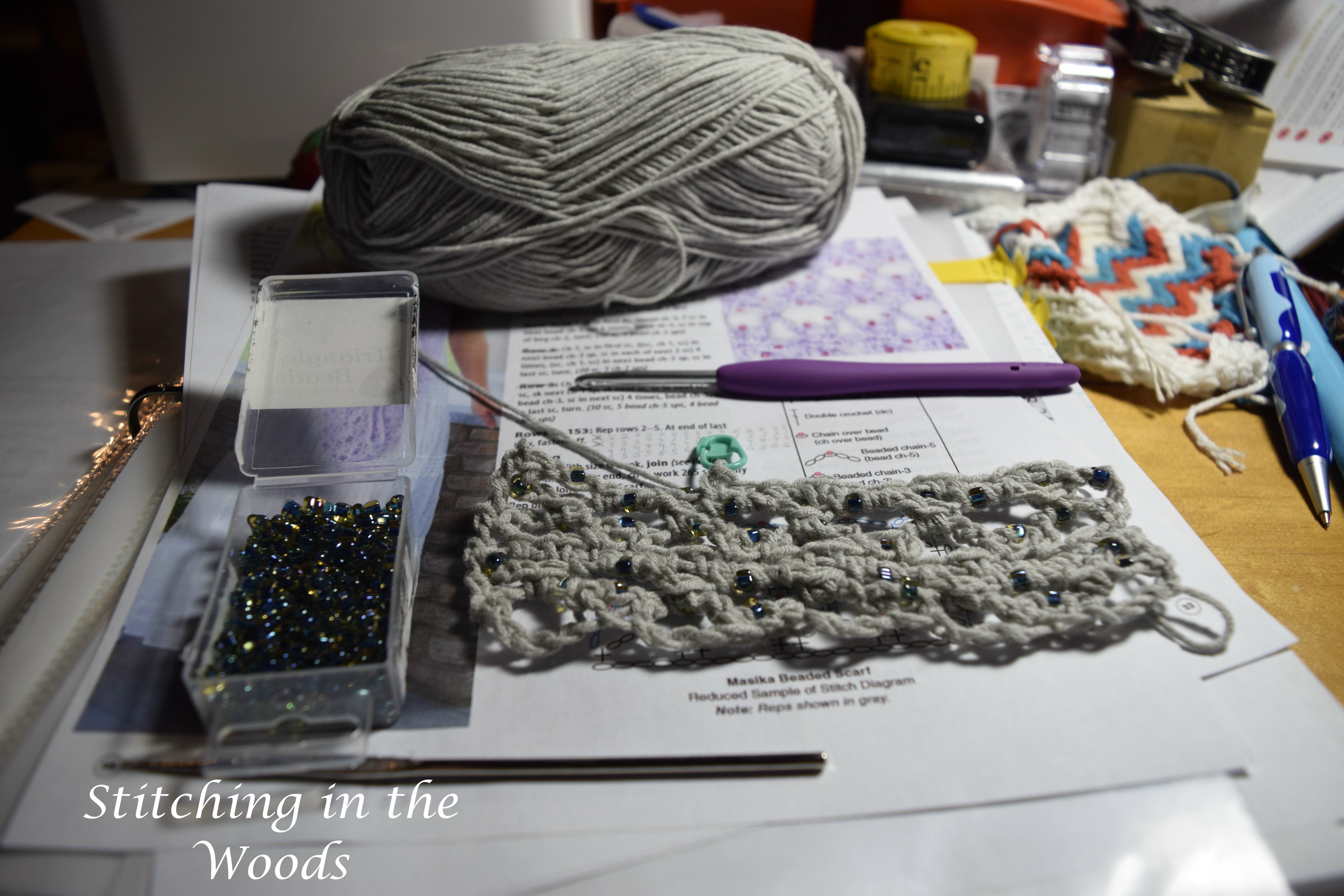
19 thoughts on “5 Common Temperature Blanket Questions Answered”
Temp blankets i tried doing one a year ago biggest problem was temp during day can very greatly and esp night temperature drops eg 4 degrees overnight which could have 26 degrees celcius in the day. I was never quiet sure which temperature was the most reflective or true to give an accurate reading. Morning could be 14 degrees afternoon could be 24 degrees for example. Thanks
Which temperature you use is really a personal preference. If you want to factor in both the high and low but only want one temperature then you could do the average of the two. In your example the 24 degree high and 14 degree low would have an average of 19.
I’ve had days where the morning was really warm and then the temperature dropped significantly by noon. Those days I’ve wanted to mark it somehow that the high was in the morning but what I’ve done up to this point is treat the high as the high no matter when in the day it happened. I might make some way to designate that in the future, even though it happens only rarely around here.
Does that help?
–Margaret
Thanks
I am thinking of doing a temperature blanket for my young granddaughter. I don’t want it huge, so thinking of doing a weekly row, using the average temperature for that week, this would make 52 rows. I think this would be a good size for a toddler/preschool age child. How many chains would be good to use?
According to a small reference guide I have, a typical toddler blanket is 35″ by 40-45″ and a child one is 40″ by 45-50″. That would mean your rows would need to be anywhere from 3/4″ to 1″ tall each.
To your question, though, with a typical worsted yarn and H hook you would need 112 chains plus the amount to get the height of your row (like 2 chains more) for the toddler blanket. For a child blanket it would be 128 chains plus chains to get row height.
(The chains you add would be whatever is typically chained at the beginning of each row in the pattern.)
I just started a temperature blanket and your blog has been very helpful. Because i live in New England i have a wide range of temperatures which i hope will make my blanket very colorful. One thing i am doing is using 2 strands of color when it snows (white) and when it rains (gray) along with the temp color if the day. I hope it comes out as cool as i think it should
I’m so very glad to hear my blog has been helpful to you.
It sounds like you will have a neat looking blanket, especially with the 2 strands of color idea.
Hopefully the weather cooperates and your blanket is as colorful as you’re planning it will be!
–Margaret
If I do a row a day that would be 365 rows long. That is really long!! How long would my starting chain be to make it in proportion to the length? Maybe I’m misunderstanding the “row a day”? Thank you Dee
Dee-
A row a day would make a long blanket. I’m okay with a long blanket, but if you’d prefer you can break it up into two smaller blankets or just do half a year or so.
Finding your starting chain and keeping it in proportion is largely dependent on what length of blanket you’re looking to make. The Crochet Crowd made up a chart with different starting chains for different projects (and based it off of hook size). Let me know if that doesn’t answer your question!
https://thecrochetcrowd.com/many-chains-start-blanket-afghan/
Margaret
I am making a temperature blanket and am enjoying it very much. I was wondering if you put an edging around the blanket when it is finished.
Putting an edging on is really a personal preference thing. I didn’t put one on my first one because I thought it looked fine without it. I put one on my temperature scarf to (unsuccessfully) hide the ends. I plan on putting edgings on the rest of the blankets I’m doing, too.
My advice would be to pick a neutral color like black, white, grey or tan or some other color that isn’t in your blanket. Then your colors would really stand out.
Margaret
Iam excited about the temperature blanked. Because i am so hot in the summer months and so cold in the winter months.
Temperature blankets are exciting to me, too! It sounds like you’re blanket will be very colorful.
Margaret
How do you decide on the color to use for the edging of the blanket when it’s finished? Do you use all one color or several colors to match the colors in that section of the blanket?
For my edgings I prefer a neutral color, and by neutral I mean one that I’ve not used in my project color scheme. For the projects I’ve made I’ve opted for white, black, and grey.
That being said, you could change it up some and put a color similar to your high colors as your border for the low color section and vice versa. Or you could pick a variegated yarn that matches your color scheme.
Also, for one of my blankets I didn’t add an edging to it at all. So that’s an option as well.
Margaret
What time of day do you pick the temperature? High / Low / 8 a.m. temp / noon temp.
thanks for your help, I’m so excited to start January 1st!
I have a weather station that records the highs and lows for me, so I collect those at midnight before the station resets. Before I got that I just went to NOAA or Accuweather to get the historic temperatures for the day before.
If you’d rather do a set time, I’d pick a time that is usually when the high is where you live. And if you’d want a second temperature for the day then you can do a low time right before bedtime perhaps.
Good luck on your blanket!
–Margaret
What if I did a square per week, 52 squares. What size squares would I need to make an adult size afgahn?
The only way I could get a 52 square blanket to work is to have it be 4 squares by 13 squares. That would end up with a super skinny and long blanket and I’m not sure that’s a very practical arrangement.
If you add 2 filler squares you get 54 blocks, which makes a lot better arrangement. Then you can do a 6 square by 9 square blanket.
8″ squares = 48″ wide by 72″ long
9″ squares = 54″ wide by 81″ long
10″ squares = 60″ wide by 90″ long
11″ squares = 66″ wide by 99″ long
12″ squares = 72″ wide by 108″ long
Those filler squares can be something like your temperature scale and a square with the year on it.
All you’d need to decide is which best fits your idea of an adult sized blanket.
Thanks for the question!
Margaret
A reference for “normal” sizes: https://thecrochetcrowd.com/afghan-sizes/